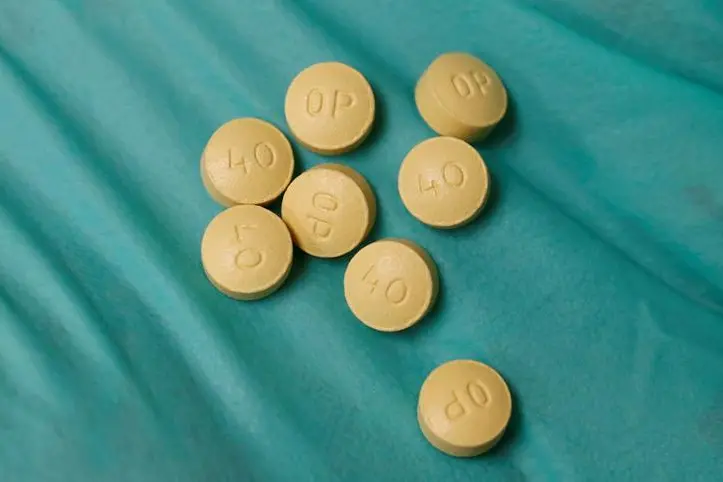PHOTO
Clinical therapeutics, dietary supplements and aesthetic solutions will propel the anti-aging market to hit $85.6 billion in five years, growing at a compound annual growth rate (CAGR) of 6.5 per cent from 2017 to 2022, a report said.
Drug-as-a-service model leveraging big data analytics, multi-ingredient products, and nanotechnology applications will create growth opportunities, added the analysis titled “Anti-aging Therapies & Services Market—Trends & Growth Opportunities” from growth partnership company Frost & Sullivan.
The anti-aging industry is experiencing a paradigm shift toward embracing an age prevention-management-treatment continuum that is focused on health span rather than lifespan-driven metrics. This transformation will drive new growth opportunities for providers offering integrative solutions combining the three market segments—conventional therapies, dietary supplements, and aesthetic procedures, devices and products—delivered using digital enablers.
Technologies that will be key enablers in the anti-aging market include:
• Artificial Intelligence: AI-powered virtual assistant can help improve drug adherence as well as prevent adverse events. Additionally, AI-powered digital therapeutics will be crucial for driving digitally enabled customer engagement;
• Big Data & Analytics: Drug-as-a-service models will require seamless access to and analysis of patient healthcare data and will drive pharmaceutical and technology company collaborations;
• IoT & Cloud: Real-time telehealth/telemedicine applications, such as on-body trackers and diagnostic devices, will drive the need for IoT-enabled, cloud-based solutions; and
• Mobile Devices: The widespread prevalence of mobile devices will boost the growth of applications based on solutions for drug adherence, activity monitoring, as well as virtual assistance.
“The industry’s movement toward a ‘prevent-manage-repair’ approach to aging is creating opportunities for integrative methodologies for age management,” said Neelotpal Goswami, Global Transformational Health senior industry analyst at Frost & Sullivan.
“Key technology trends such as the use of digital enablers and drug-as-a-service will drive pharmaceutical and technology company collaborations.”
To benefit from these growth opportunities, savvy companies should:
• Adopt novel pharmacological approaches that target specific drivers of aging, such as telomeres, rapalogs, senescent cells, and mitochondria-based therapies;
• Develop regenerative medicine focused on cell and gene therapy;
• Enhance dietary supplements, personalized genome-based diets and fasting-mimetic diets that offer clinically validated results;
• Leverage digital therapeutics and digital pills powered by big data and analytics, artificial intelligence, cloud computing, and mobile technologies; and
• Foster aesthetic solutions that offer long-term results with minimum discomfort.
“Aging is the result of multiple physical pathways and processes, making it complicated to manage. Additionally, regulations are a key challenge for the industry, with aging still not being recognized as a disease by regulatory bodies, making it difficult for companies to position their products and solutions,” observed Goswami.
“However, these multiple pathways offer opportunities for multi-pronged pharmacological approaches focused on areas such as telomeres and senescent cells, as well as the use of regenerative medicine.”
© Copyright 2014 www.tradearabia.com
Copyright 2018 Al Hilal Publishing and Marketing Group Provided by SyndiGate Media Inc. (Syndigate.info).












